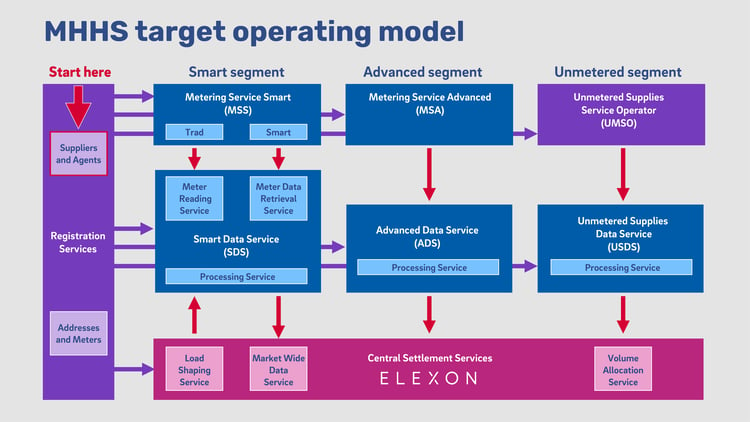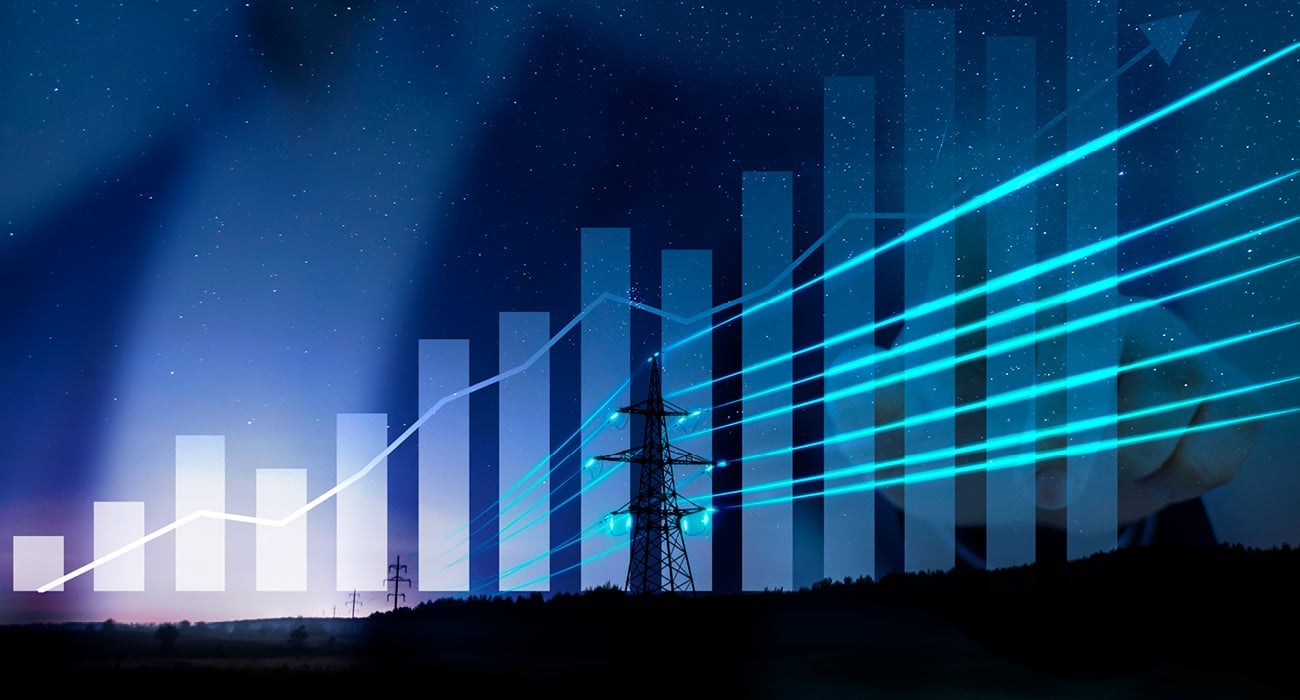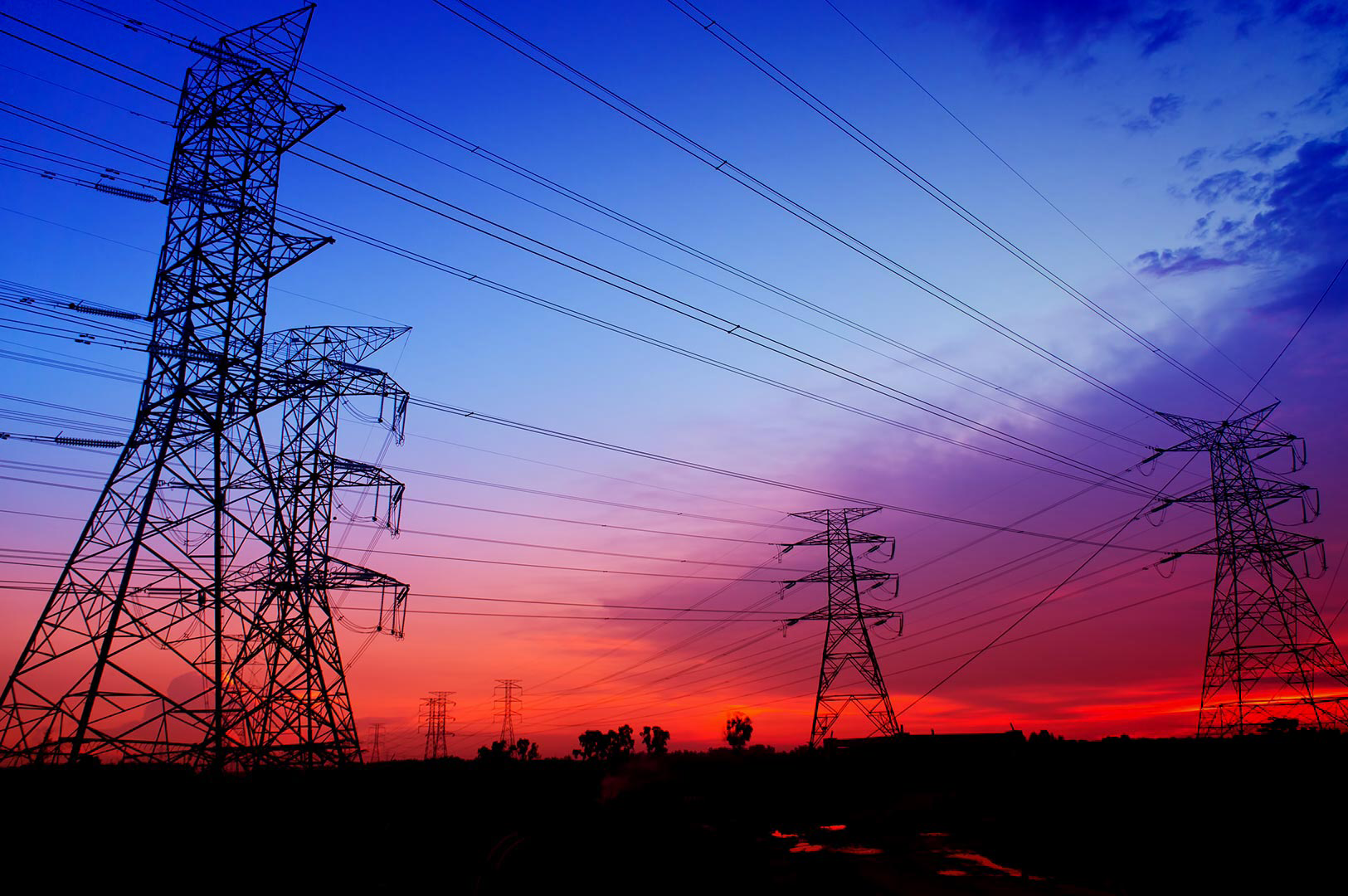Once the UK switches to Market-wide Half-Hourly Settlement (MHHS) – a process which is currently on track to complete by mid 2027 – all electricity supplies will become ‘settled’ on a half-hourly basis.
This means the power consumed at every meter will be mapped against each half-hourly period throughout every day, with the aim of gathering a far more granular view of how, when and where electricity is being consumed.
This is a more straightforward process for consumers that already have a Half-Hourly (HH) meter. Or indeed any other meter with automated meter reading technology, including Smart meters, because the technical capability that enables such frequent data collection is already built-in.
But what will happen to traditional NHH meters that still require a manual read to extract consumption data?
This is where the new MHHS Load Shaping Service (LSS) comes in.
Understanding the current model
Currently, NHH consumption data can only be sourced retrospectively from physical meter readings.
Clearly, this is out of step with the real-time world of electricity generation and demand, which is where electricity suppliers must source power for their customers.
To help create a closer correlation between NHH consumption and supply needs, ‘load profile’ data is therefore generated to provide an estimated half-hourly usage pattern (or shape) across each day and year.
Load profiles are created across eight different Profile Classes which are allocated to NHH consumers based on their consumption and premises type. Typical usage patterns for each class are generated by analysing HH data taken from a small sample of similar consumers.
This load data is then used to estimate collective NHH consumption for each half-hourly settlement period – and it’s this that is allocated against suppliers’ electricity purchases and helps to inform generation needs.
In terms of invoicing individual consumers, once meter readings are taken, this is cross-referenced, reconciled and invoices are adjusted.
However, this current process is still a long way from the near real-time settlement that MHHS is aiming to facilitate.
Drilling down for more accurate data
Under MHHS, the load shapes for NHH consumption will be generated from a far larger data pool drawn from right across the market.
Profile Classes will remain. However, a new LSS will create a load-shaping profile for every HH settlement period, based on a much larger sample of similar HH sites.
Instead of using Profile Classes based solely on connection type, geographic area and market segment – as well as the nature of a consumer’s premises and consumption (e.g. domestic/non-domestic) – will also be taken into account.
A new data journey
Elexon – the industry body that currently manages the UK’s electricity settlement process and which is responsible for the delivery of MHHS on behalf of Ofgem – will manage the new LSS.
Out of a new Central Settlement Services function (see red box in chart below), Elexon will operate:
- The LSS to calculate average consumption profiles (load shapes) for categories of consumers where actual HH data is not provided
- A Market-wide Data Service to check and validate all meter data to ensure it’s ‘clean’ and accurate
- A Volume Allocation Service to reconcile and invoice each supplier accurately based on their customers’ consumption

These services are due to start operation from October 2025. But the timing of when your own supplier will start using them will depend on when they qualify to transition to MHHS, which could happen any time between October 2025 and October 2026.
Supporting greater accuracy
The ultimate aim is to ensure electricity consumption is allocated and settled far more quickly and fairly than the current system – and in a way that better reflects real usage.
This, after all, is the point of MHHS – to support a more flexible, responsive market fit for a new era of clean energy, moving away from the outdated central systems and processes that were introduced over 25 years ago.
No substitute for real-time data
Of course, even with a far more sophisticated method of forecasting HH consumption, any business with traditional ‘dumb’ meters in their portfolio will still have to depend on estimated data once MHHS goes live.
The only way to guarantee fully accurate data – and to ensure you can then make informed decisions to optimise and reduce energy use – is to upgrade to a meter type that can gather data automatically.
To find out how best to do this – or for more information on the importance of having access to accurate data – you can download our free guide.
/npm214%20Digital_H_UB130.jpg)
/npm214%20Digital_H_UB84.jpg)

.png)





/npm214%20Digital_H_UB127.jpg)
/Author%20Profile%20Whitelam_Ben_G.png)

